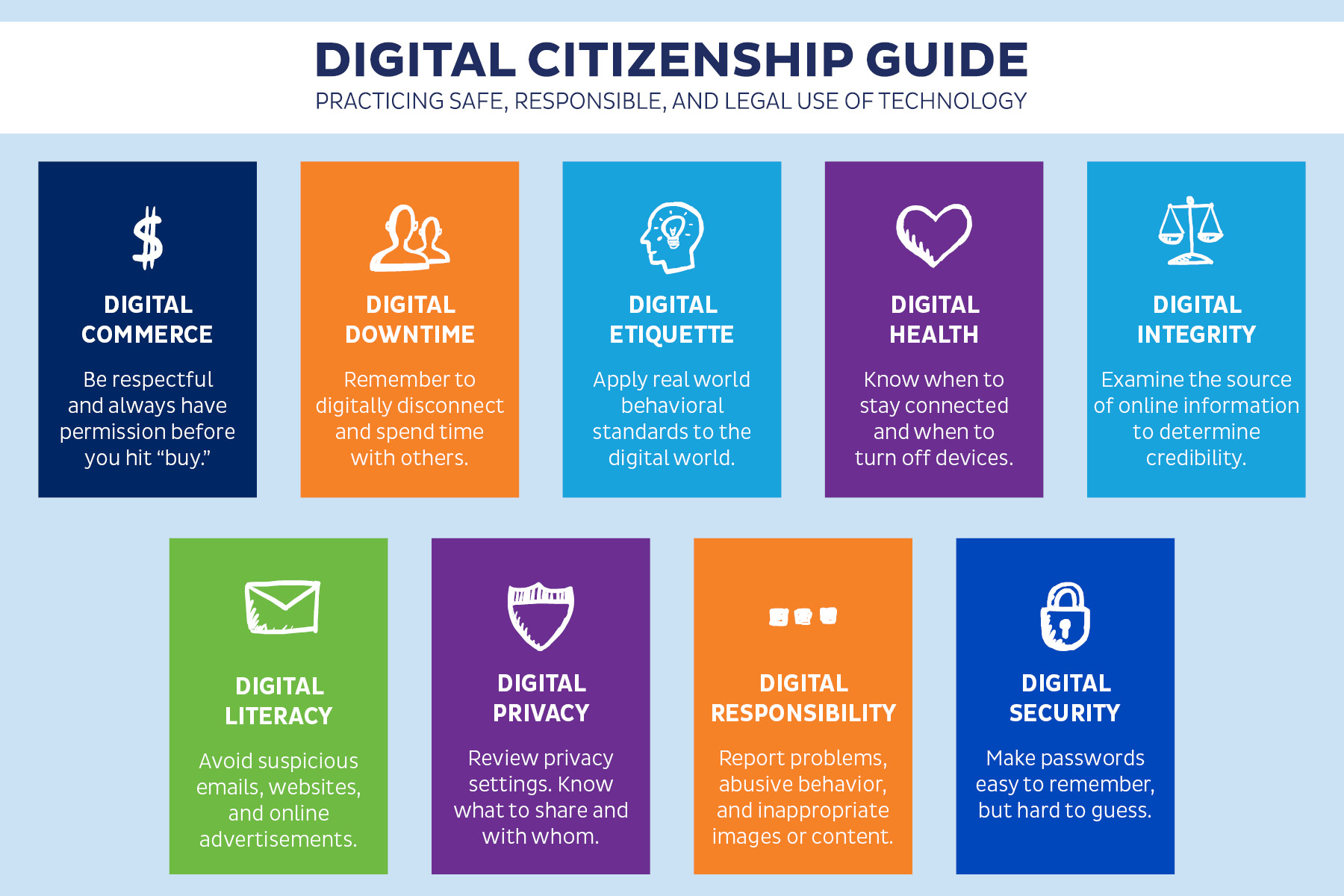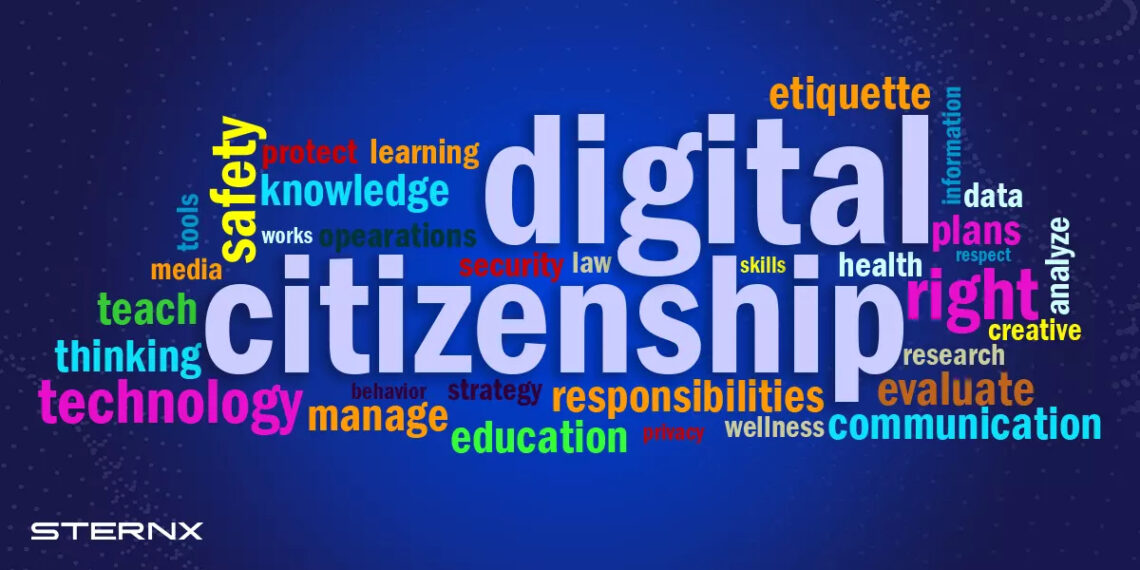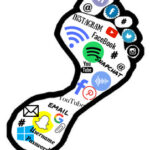Today, learning doesn’t stop at the classroom door—it extends into the vast, interconnected digital world. Technology is a huge part of how students learn and interact, from using apps for assignments to chatting on social media platforms such as Snapchat, Facebook, or X (a personal favourite for you Christine). That’s why teaching digital citizenship and literacy is more important than ever. These skills help students in school and prepare them for life in an ever-changing technological world.
Digital citizenship is defined as “the ability to navigate our digital environments in a way that’s safe and responsible and to actively and respectfully engage in these spaces.” (MediaSmarts)
Being a good digital citizen is all about using technology respectfully, responsibly, and ethically. It’s understanding and knowing how to communicate online while protecting your personal information, and following the rules of online spaces.
In schools, digital citizenship helps kids understand that what they say and do online has real-world consequences that can be traced and linked to them forever. Whether it’s tackling issues like cyberbullying or teaching students how to leave a positive digital footprint, these lessons are key to creating thoughtful and responsible internet users.

Digital literacy goes hand-in-hand with digital citizenship. It’s about teaching students how to find, evaluate, and use online information in respectful and meaningful ways. With so much content floating around; some accurate, and some not; learning how to spot credible sources and avoid misinformation is an important skill.
But digital literacy isn’t just about fact-checking. It’s also about knowing how to use tech tools, like social media platforms or educational assistance apps, and understanding things like online privacy and security and why these things are so important. These skills don’t just make students better learners: they prepare them for future jobs in a world where tech is everywhere and expanding each day.

Teachers have a big role to play in building these skills. It starts with weaving lessons on digital citizenship and literacy into everyday teaching. Some examples of how to do this are:
- Make It Real: Talk about real-life examples of online issues, like cyberbullying, and how to handle them (who students should reach out to, what the appropriate responses are, etc.).
- Practice Together: Have students research a topic online and teach them how to check if sources are trustworthy (ex. using a source that is peer-reviewed versus an article from Wikipedia)
- Set the Example: Show what good digital behavior looks like by using proper online etiquette and giving credit for sources. This is very important, as students learn by watching others. If they see their teacher using the internet in responsible ways, they are much more likely to do this themselves.
Helping students become responsible digital citizens isn’t just an idea; it’s essential. By teaching them these skills, we’re giving them the tools to succeed in school, in their future careers, and in their personal lives, and the tools to protect themselves and their families.
When students know how to use technology thoughtfully and responsibly, they’re not just prepared for the digital world; they’re ready to shape it for the better.






